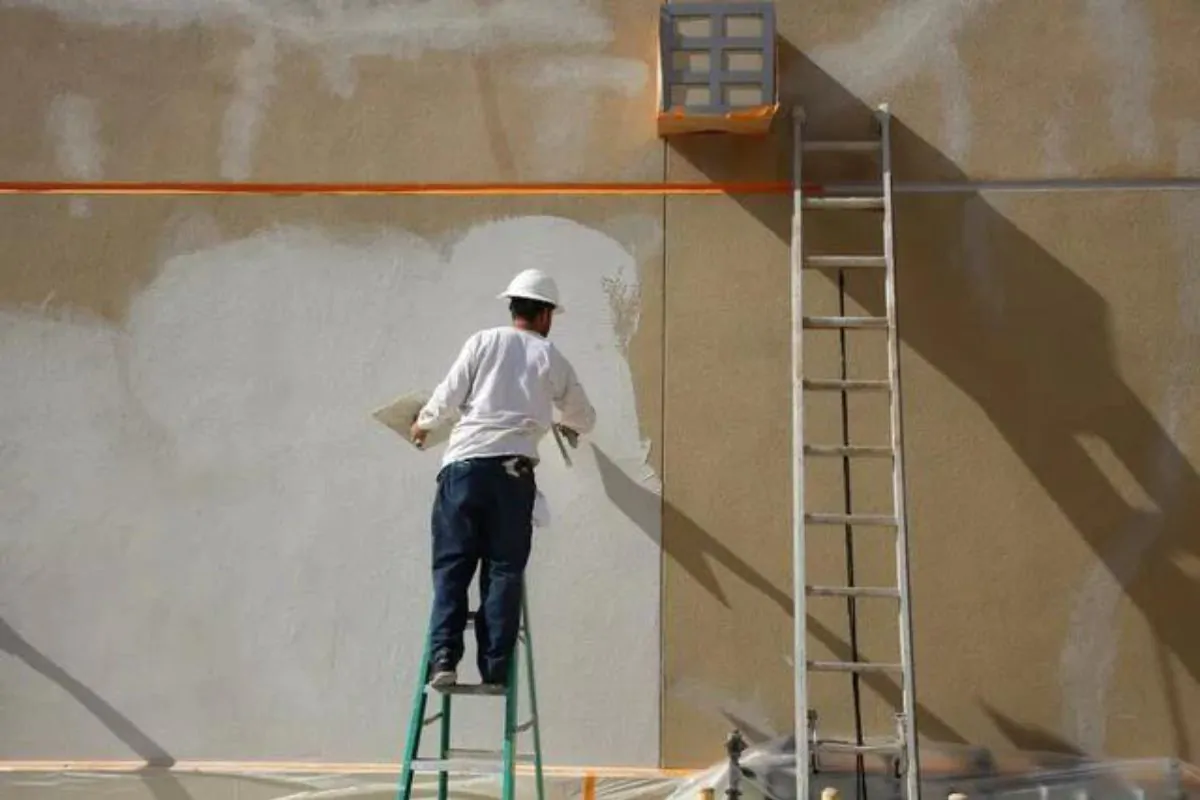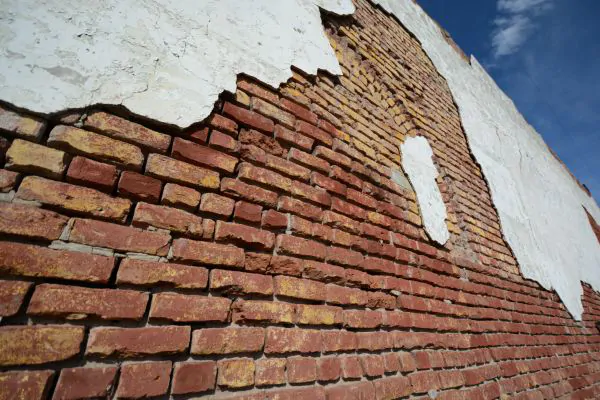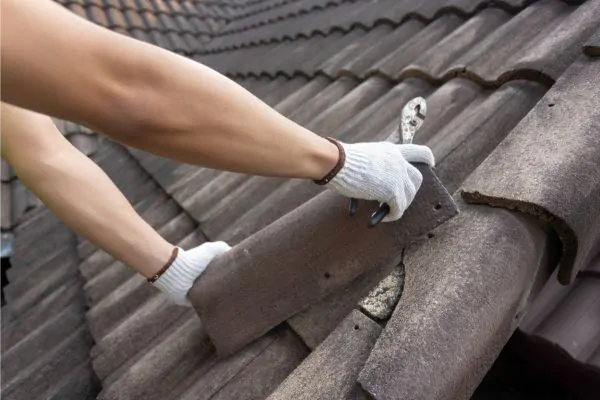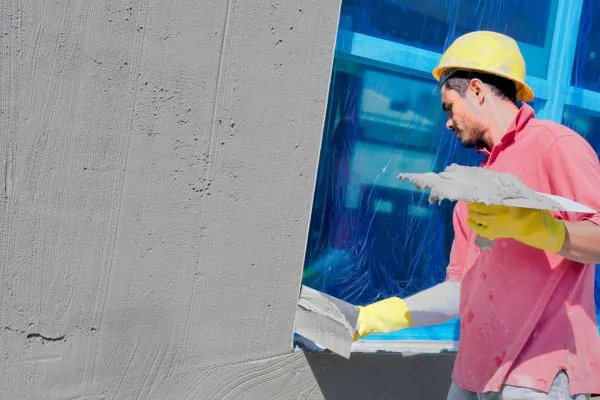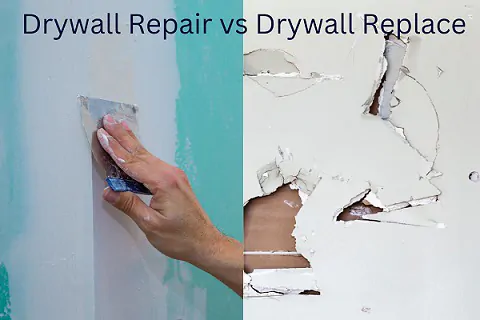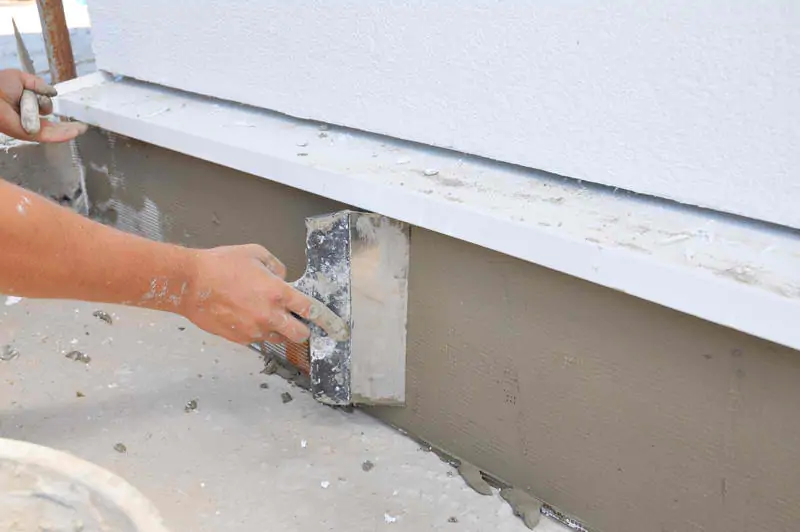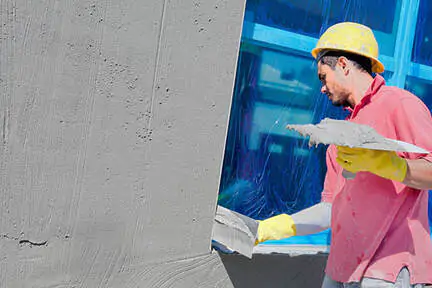Choosing Stucco Vs. Plaster
Plaster and stucco have a similar appearance and process, but they’re quite different. It’s essential to understand how, when, and where to use them, especially in renovations.
The differences between the two are not readily evident as both are applied in the same way with the same thickness and texture. But the main elements in each are what make them different from one another. Also, it’s the homeowner who selects which one is best for his/her house. Installation of both requires professionals with experience and training. For each, it’s a smart idea to hire a stucco contractor or a plaster contractor.
Stucco Vs. Plaster: Key Differences
As mentioned earlier, it’s the ingredients that make them different from one another. Both of them are made up of some kind of aggregate, usually sand of various textures and sizes. They require water to stir and mix everything together and start the curing process.
Another big difference is the binder. It’s the binder that holds everything together and rehabilitates into its thick consistency. However, stucco will stand out more than plaster, is low maintenance, and will last as long if one takes care of it.
Plaster
There will be two types of binders depending on the kind – gypsum or lime.
Gypsum
You may have heard of Plaster of Paris. Well, that’s only gypsum plaster. Ever wondered where it got the nickname? In the 1700s, Paris was built on top of the largest gypsum deposits in the world. Most of the plaster came from Paris, so the name stuck. Gypsum cures fast and sets even faster, which is why it’s used for broken limbs. Also, it doesn’t require horsehair to strengthen it.
These are the interior plasters which aren’t typically meant for exterior use because they tend to deteriorate abruptly if exposed to water repeatedly.
Lime
Lime was the principal binder in any plaster. Lime plaster is a strenuous mixture of water and lime. Once it’s thoroughly mixed, we have to wait for the lime to get saturated before the sand is added. It also requires horsehair or a similar synthetic material to help strengthen the walls. Lime plaster takes a lot of time to cure fully, sometimes up to a whole year before the walls can be painted.
Stucco
It’s a render of Portland cement, water, and sand used for exterior coating. Occasionally lime is added for durability. It’s low maintenance and can appear alluring for years when taken care of. Hiring stucco contractors to perform a stucco service has the following advantages.
1. Covers stains
You might have noticed water and rust stains in vertical lines on walls or beneath the window panes. Hence, by painting stucco, it’ll cover and block such stains, so they won’t reappear for years.
2. Seals out moisture
After it rains, concrete absorbs water and becomes darker until dry. When you paint concrete with it, it completely seals the material so moisture won’t penetrate it. This will allow the color to remain bright even after heavy rainfall.
3. Resistance from UV rays
If you live in a sunny climate, there’s a possibility that UV rays might reduce the durability of your exterior concrete. This will lead to structural damage and cracks in brickwork. Thus, by painting over it with this material, it’ll keep the outer part of walls insulated and protected from UV rays. Occasionally this may require some stucco repair, however, this is way less laborious than repairing concrete.
4. Fills cracks
It will become a huge problem quickly if you have lots of cracks in your concrete. When left unpainted, small pieces of concrete will pop out and will require costly repairs. Thus, repainting with high-quality stucco can fill up these cracks naturally.
How Often Stucco Requires Painting
This material requires painting periodically. This is a necessary step in stucco repair. Its longevity depends on the environment, but if applied correctly, it can last over twenty years without blistering or peeling. Examine your exterior every couple of years to determine when it requires repainting.
Plaster VS. Stucco – What is The Difference?
Table of Contents
Share:






